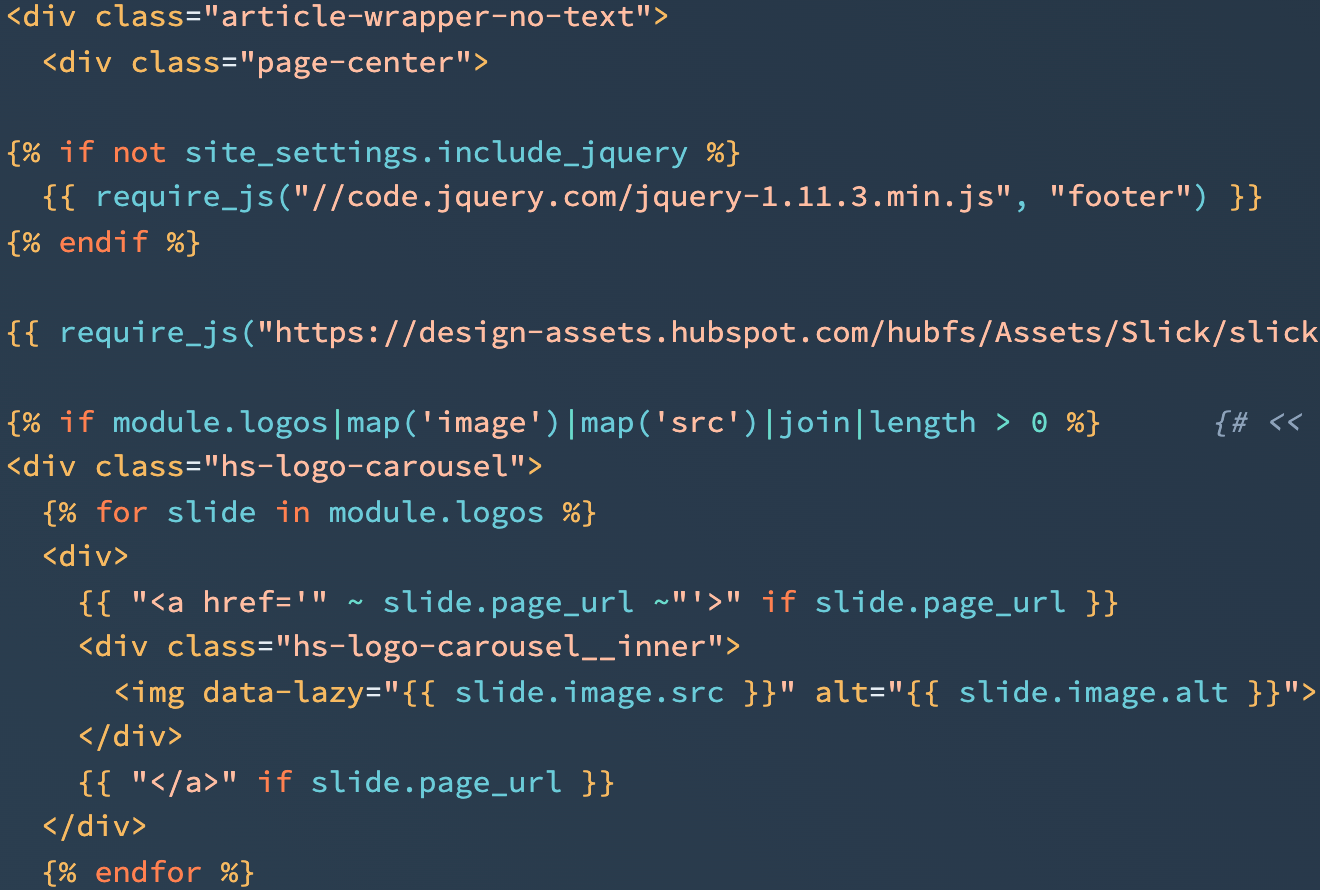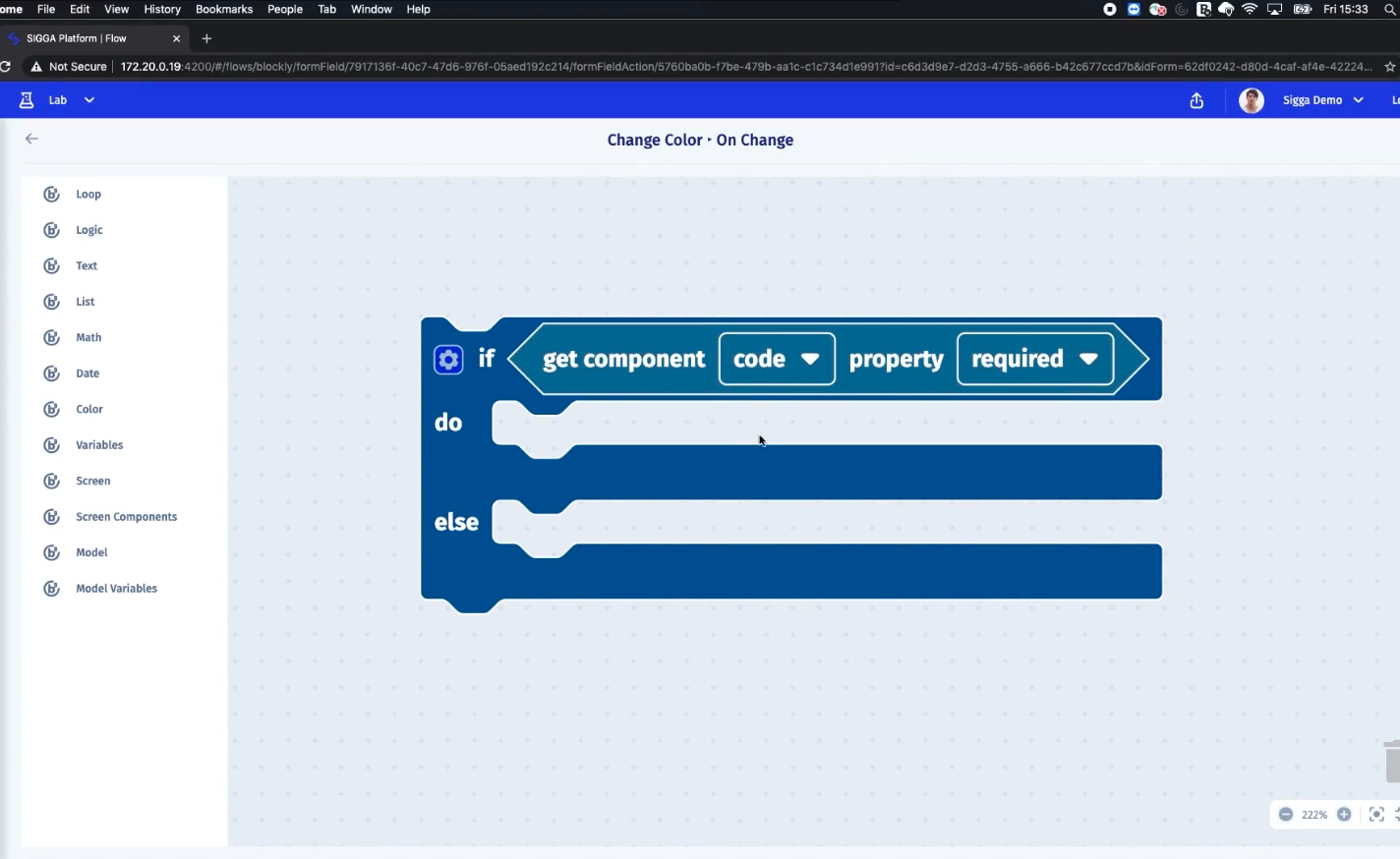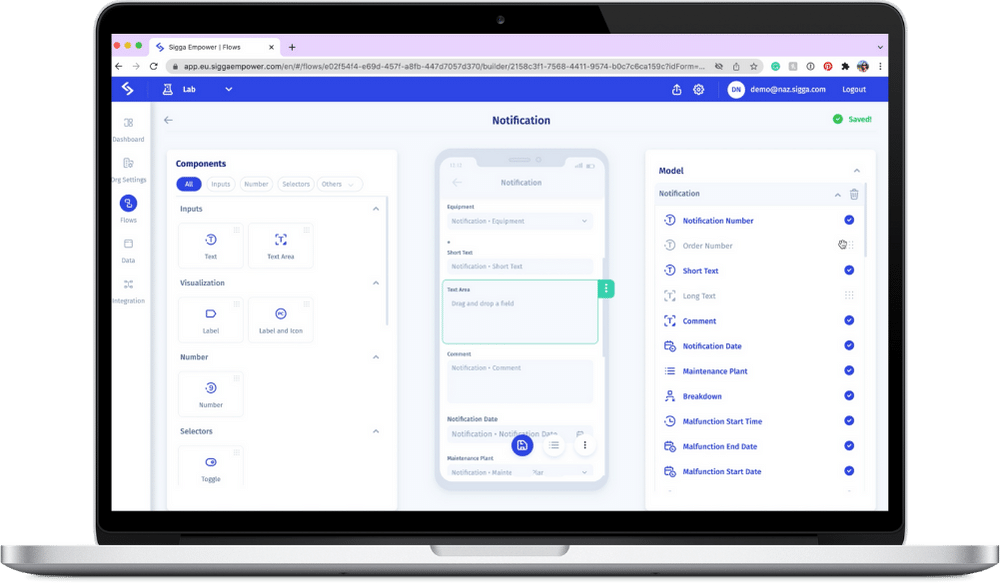New Digitization Approaches for Strategic Maintenance Management
February 1, 2022The efficiency driven by end-to-end digital workflows is imperative for success in today’s tight labor market. The technology is mature and the methods to implement have evolved to overcome the historical challenges to embark on the change, such as
- Limited budget and staffing – both in operations and IT
- Poor quality master data
- Disparate, critical, legacy systems (ie SAP EAM)
- Employee resistance to change
The business opportunity is clearly significant, as McKinsey research found, “technology has helped some companies to boost maintenance-labor productivity by 15 to 30 percent.”
This article will discuss new process opportunities in software execution to digitize your paper-based workflows. It is easier today to overcome these implementation challenges, in order to improve productivity faster, reduce costs plus become “future-proof” with the flexibility to address future needs.
Creating Software for Strategic Maintenance Management
There are different ways to approach a project to replace paper-based routines such as maintenance work order processes. Traditionally, you needed to make the decision if you wanted to pursue a ready-made solution or develop something custom. In either case, the projects required IT development work to customize to your unique ways of working and fit within your IT infrastructure. Often this process would take far more time and budget than initially defined.
To develop or customize software, historically developers followed methods of software creation or modification like “waterfall” which is a liner, sequential approach. The waterfall method is highly structured and typically involves intensive documentation. It starts with criteria and ends with testing and deployment of a completed software program. If the results weren’t quite right, you had to start the work all over again, possible losing months in the process with significant waste in resources to re-do the coding.
The Systems Sciences Institute at IBM has reported that the cost to fix an error found after (software) product release was four to five times as much as one uncovered during design, and up to 100 times more than one identified in the (software) maintenance phase.
To address the issues with waterfall methods, software developers pursued a more flexible alternative method called “agile”. Agile software development breaks down the requirements into smaller chunks. Cross-organizational teams are set up to create, test, and deploy pieces at a time in a matter of just a few weeks. This approach provided the ability to change requirements along the way and adapt the software to real-world workflows with active real-time user feedback. The result was lower development costs and better software that drove faster user adoption.
The agile software development method has driven the need for new software development tools to enable faster coding and enable greater collaboration between the developers and the business.
New Software Development Tools
Traditionally these software development methods meant that organizations had to allocate time and budget for software development, and IT owned most—if not all—technical initiatives. Business teams would have to wait for IT involvement and get in a queue for IT to lead this work – whether the work was done in-house or with third-party resources. And, like many job categories today, there is a significant gap in skilled resources.
26% of companies had an IT skilled resource challenge and it is expected to get worse over the next five years, according to a global survey by McKinsey & Company in February, 2020.
To meet the growing demand for software development, IT organizations are rapidly adopting new software development tools to facilitate the work. These new tools include low-code and no-code development platforms that increase the speed and democratize application development and innovation.
These platforms have base-level code, scripts, and integrations so developers and non-developers can prototype and build applications quickly. They preserve the skilled software developer’s time for more complex tasks and innovations.
Low-code development platforms have the potential to make software development as much as 10 times faster than traditional methods. Forrester
Low-code platforms have a graphical user interface requiring only text entry to create an application.
Instead of this:

You have this:

Often these platforms have drag-and-drop components to help non-technical users build applications quickly without coding. The tools have templates for workflows and element libraries to create an app from start to finish without a single line of code. Plus, with WYSIWYG editors you can see the app as you build it before publishing it.

What does agile have to do with low-code platforms? Low-code software development tools accelerate the schedule and improve collaboration between IT and the business departments. Designing the workflows into the software app is no longer just an IT job. Functional managers and other non-technical people (citizen developers) can participate in adapting how the software works for their own specific needs. Instead of businesspeople explaining to developers what they want, they can show them or do it themselves. This new more collaborative approach allows IT to share the process of development while retaining control of their software infrastructure. The result:
- Faster app development with fewer internal resources
- Reduced customization costs (if any)
- Better applicability to real-world work processes
- Greater user adoption
The New Paradigm for Strategic Maintenance Managers
Embracing low-code, and agile will help you accelerate digitizing your processes and help your organization become more agile to respond to changes. So, how do you get started?
Well… we are back to the first question do you want to pursue a ready-made solution or develop something custom? There are lots of low-code software development platforms on the market today, But also, many ready-made solutions today come on a low-code platform to enable adaption of the software to the department’s needs. Here’s some things to consider in making your decision:
Mobile User Experience
You might have the business processes lined out perfectly but will suffer from low adoption if the app interface is clunky and hard to learn. A general low-code software application platform will likely produce responsive web apps, whereas a platform designed specially to create mobile experiences will produce native Android and/or Apple applications. Responsive apps are designed to automatically adjust to be viewed on a desktop, laptop, tablet, or mobile screen. Native apps are designed specifically for the small format of a mobile device or tablet. They intuitively work like any other Android or Apple app and can better incorporate the mobile device functions, like snap a picture, from with the app. In addition, native apps are able to deliver better offline user experiences which is critical for many maintenance environments. Learn more about the benefits of native apps for maintenance mobile experiences.
Flexibility
In today’s environment, you need to be ever ready for what’s next. The ability to adapt your software apps quickly is critical for being responsive to changes in the environment and for continual improvement of your processes overtime. So, consider your needs today and into the future.
Pursuing a low-code software application platform purely for flexibility will come with trade-offs on time and resources to start from ground zero on the process flows. Many software application platforms come with pre-built templates as a starting point to address this issue, but it will still take time to develop the application and you still need to consider whether the resulting app will deliver intuitive mobile experiences.
Towards the other end of the spectrum, ready-made Mobile EAM apps supplied on a low-code platform, may be able to provide superior user experiences with the degree of flexibility you need. More than just templates, ready-made apps will have been tested through real-world use, often by 10’s of thousands of users. Flexibility can be in the ability to create forms to being able to fully modify the application.
App Security and Performance
How secure is this new software? How well will it work in my SAP environment? Integration with SAP is a key consideration, not just for security, but for performance and the burden to IT. You lose a lot of flexibility when you need to get IT SAP specialists involved every time you need to modify an application.
To preserve your organization’s data security, look for data encryption capabilities and SSO authentication. It’s also critical to prioritize vendors that are SAP Partners and are compliant to an industry security standard such as ISO 27001. This means the vendor is officially recognized for its commitment to security and data privacy practices.
To preserve IT time and cut integration costs, look for solutions designed especially for the SAP environment. At minimum they should be SAP-certified and optimally, provide superior integration technology. The vendors with specialized integration methods can overcome common integration headaches and performance challenges in exchanging data with SAP.
Vendor Support
How much experience does this vendor have in the complexity of maintenance workflows? Can they support execution locally and in sites around the world? To succeed at creating end-to-end digital workflows, you need to not only change technology, but adapt processes and gain user adoption of the new way of working. This is often a complex undertaking, which is why you need to bring in outside help– specifically expertise in EAM with SAP. And for large Enterprise organizations, you need to consider the support available for wherever you are located. A knowledgeable vendor with global support can help you through the full implementation process and scale the deployment for faster time-to-value.
The Strategic Opportunity
Now is the time to take the leap to fully digitize your processes and connect your front line technicians to SAP with mobile devices. With the advances in software technology and processes, strategic maintenance managers can rest assured that the past problems inhibiting success are gone.
Today you can have the best of both worlds, ready-made software, and developer tools in one with the advent of complete applications being provided on low-code platforms. Get a fast start and adapt to your unique processes, then execute and modify as needed over time.
With the growing need to be adaptable and responsive to changes, it is time to optimize your SAP-based maintenance processes and gain the agility to be ready for what’s next.
The Sigga Experience
For two decades, Sigga has helped asset-intensive enterprises drive digital transformation with our EAM solutions. We’re an SAP-certified global software company providing secure, scalable EAM solutions to enterprise customers around the world. We have the deep experience to help you take advantage of all of the benefits of an agile approach to software development, plus gain all of the benefits of a complete mobile EAM solution.
Our Sigga EAM Empower app digitizes the entire maintenance process to increase efficiency and reduce operational costs. The high-performance app is designed for superior mobile experiences with full offline use and automatic online sync with SAP. And now, the app is on a no-code platform to enable fast and easy modifications without customizations. Get results fast with the mobile solution proven by over 70,000 users in over 14 asset-intensive industries.
See how Sigga EAM Empower can help you optimize working with SAP PM.
